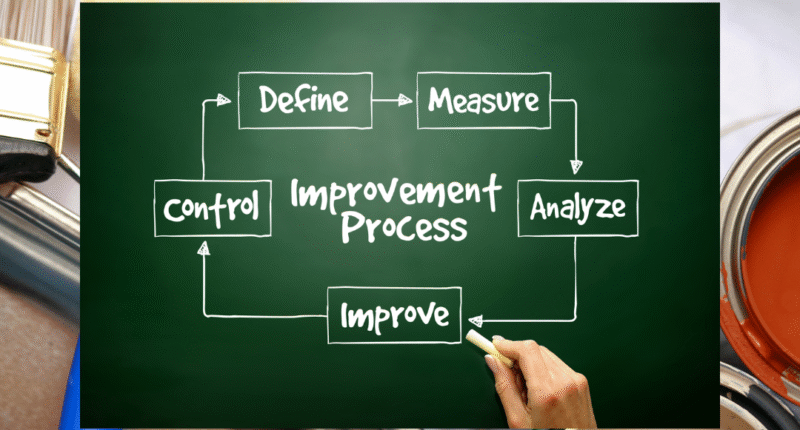Small and medium-sized enterprises (SMEs) often face challenges such as limited resources, operational inefficiencies, and rising customer expectations. Implementing DMAIC—a core Six Sigma problem-solving methodology—can help SMEs streamline processes, reduce waste, and enhance customer satisfaction. DMAIC stands for Define, Measure, Analyze, Improve, and Control, and it provides a structured roadmap for continuous improvement.
Why DMAIC is Valuable for SMEs
Unlike large corporations with dedicated quality teams, SMEs must maximize efficiency with fewer resources. DMAIC offers a data-driven approach that helps identify root causes of problems and implement sustainable solutions. It ensures every improvement project delivers measurable business value, whether it’s reducing production errors, cutting costs, or improving delivery times.
Step 1: Define the Problem Clearly
The first step is to define the problem that affects business performance. In SMEs, this might involve customer complaints, bottlenecks in production, or high defect rates. At this stage:
Identify the project scope and goals.
Engage employees to capture on-the-ground insights.
Align objectives with customer needs and business priorities.
A well-defined problem ensures the team is focused and avoids wasting resources on low-impact issues.
Step 2: Measure the Current Process
The measure phase involves collecting reliable data to understand the current performance. For SMEs:
Track metrics like cycle time, defect rates, or customer satisfaction.
Use simple tools such as check sheets, flowcharts, or spreadsheets.
Establish a performance baseline to compare future improvements.
Accurate measurement ensures decisions are based on facts, not assumptions.
Step 3: Analyze the Root Cause
In this phase, SMEs identify the underlying causes of the problem rather than just treating symptoms. Techniques such as:
Fishbone diagrams (Ishikawa)
Pareto analysis
The “5 Whys” method
These tools help uncover inefficiencies, equipment issues, or human errors. For SMEs, focusing on the most critical factors ensures resources are directed to the right areas.
Step 4: Improve with Practical Solutions
Once the root causes are known, SMEs can develop improvement strategies. These could include:
Redesigning workflows to eliminate bottlenecks.
Training employees to reduce human error.
Implementing simple automation or low-cost tools.
The key is to pilot improvements on a small scale, measure results, and expand gradually.
Step 5: Control for Long-Term Success
Finally, the control phase ensures the improvements stick. SMEs should:
Standardize new processes with updated SOPs.
Monitor key metrics regularly.
Provide ongoing training and feedback loops.
This prevents old problems from resurfacing and builds a culture of continuous improvement.
Final Thoughts
For SMEs, implementing DMAIC is not about expensive systems or large teams—it’s about adopting a disciplined, step-by-step approach to solving problems. By defining, measuring, analyzing, improving, and controlling processes, SMEs can achieve lasting improvements in efficiency, quality, and customer satisfaction.









